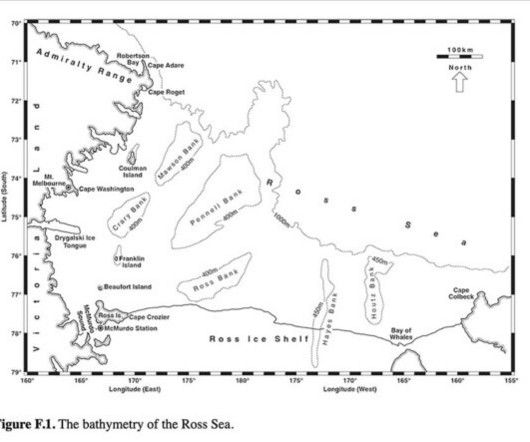San Francisco – short of time and money.
10,000 Birds
AUGUST 30, 2015
Redgannet, the blog, has taken a back seat while 10,000 Birds does most of the driving and Mrs Gannet does the navigating, so it has slightly lost its way over the last year or so. Thus it is easy to organise yourself and visit a few sites to catch your target birds. PDA version of Muni public transport services in San Francisco.












Let's personalize your content